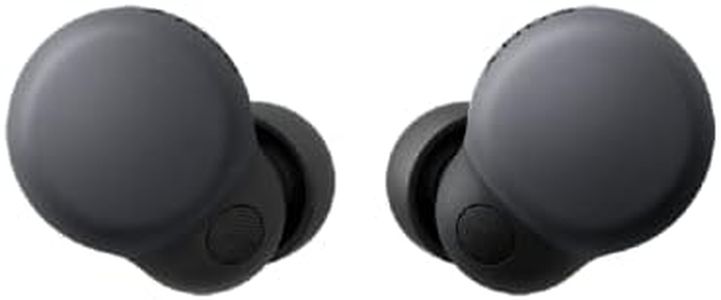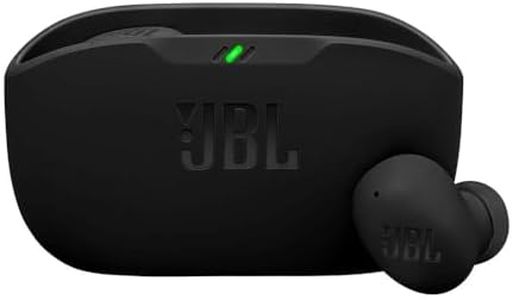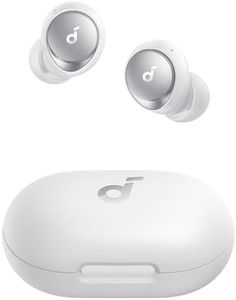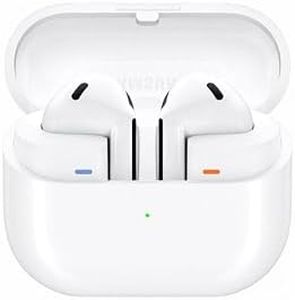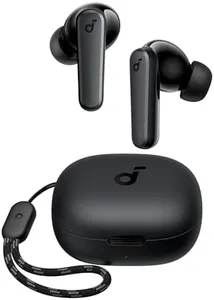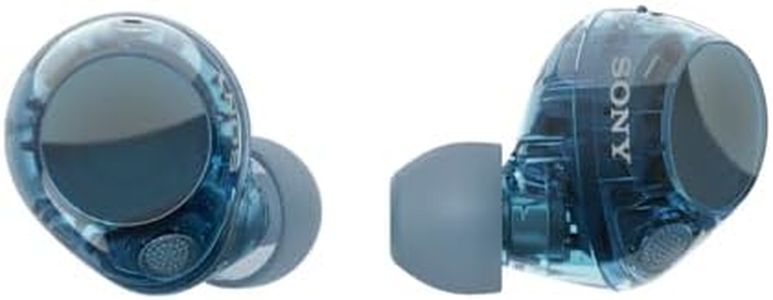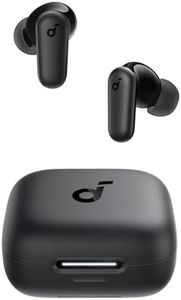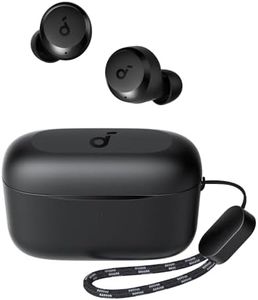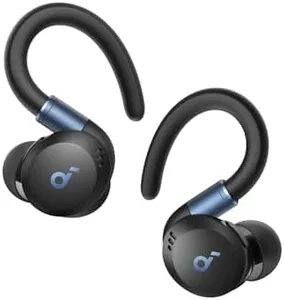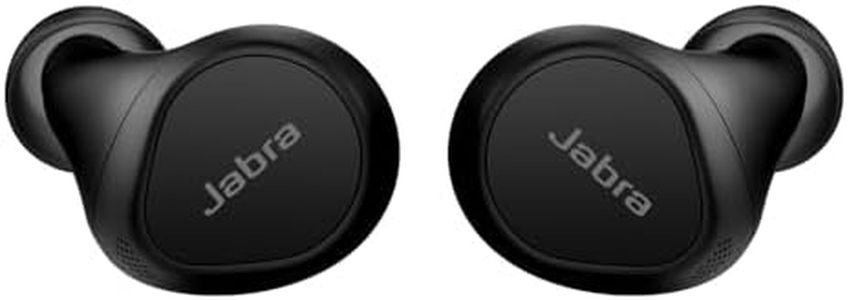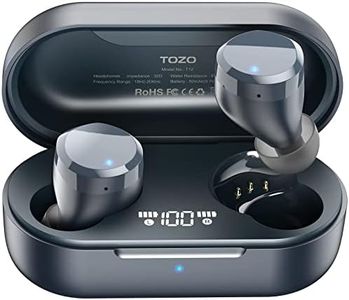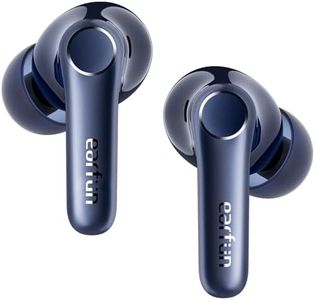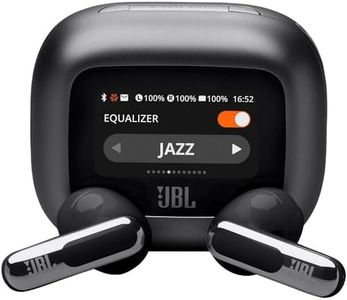We Use CookiesWe use cookies to enhance the security, performance,
functionality and for analytical and promotional activities. By continuing to browse this site you
are agreeing to our privacy policy
10 Best Budget True Wireless Earbuds
From leading brands and best sellers available on the web.Buying Guide for the Best Budget True Wireless Earbuds
Choosing the right true wireless earbuds can really improve your day-to-day experience, from listening to music during a workout to taking calls on the go. Since there are so many options, it's important to know what features really matter and how these affect your everyday use. By understanding the key specs, you can pick earbuds that best match your lifestyle, whether you prioritize sound, convenience, or comfort.Battery LifeBattery life tells you how long the earbuds can play music or take calls before needing a recharge, and often includes both earbud usage time and the extra charge provided by the case. Longer usage time is useful if you plan to use your earbuds for extended periods, like during travel or workdays, while shorter battery life may be fine if you only use them in short bursts. Typically, earbuds offer anywhere from 4 to 10 hours per charge, and the case can extend total use time to 20-30 hours. Think about your daily routine; if you're often away from a charger, prioritize models with a longer battery life.
Sound QualitySound quality depends on the design of the earbuds and internal drivers that produce music and voice. High-quality sound brings out more details in music and can make calls clearer. Some earbuds focus more on bass, others on clear vocals, and some try to balance everything. If you love music with a strong beat, look for deeper bass performance, but if you prefer audiobooks or podcasts, clearer mids and highs will be more important. Always consider what you listen to most, so the sound signature matches your taste.
Comfort and FitComfort and fit refer to how the earbuds feel in your ears, which can vary depending on ear tip shape and weight. A secure fit is important for workouts so they don’t fall out, while general comfort matters for long listening sessions. Earbuds come with different tip sizes; some may have an ear hook or wing for extra stability. If you have smaller or more sensitive ears, try models with multiple tip options or lighter designs. Think about how and where you'll use them—active users should prioritize security, while casual listeners might focus on comfort.
Connectivity and ControlsConnectivity deals with how well the earbuds connect to your device, usually through Bluetooth, and how stable that connection is. A newer Bluetooth version often means a more stable, reliable connection and better range. Controls—like touch or physical buttons—let you manage playback or calls without grabbing your phone. If you like simple and quick controls, look for earbuds with intuitive touch or button interfaces. If you move between devices (like a phone and laptop), earbuds with easy multi-device pairing can make your life easier.
Water and Dust Resistance (IP Rating)An IP rating tells you how resistant the earbuds are to sweat, rain, or dust. For example, IPX4 is splash resistant and good for light workouts, while IPX7 means you can handle heavier sweat or even brief submersion. If you mostly use your earbuds indoors, a lower rating might be okay, but for outdoor use or exercise, prioritize models with higher resistance to ensure durability.
Microphone QualityThe quality of the built-in microphone affects how clear your voice sounds during calls or voice commands. Some models have noise reduction features that help block out background noise. If you often take calls or use voice assistants, look for earbuds praised for microphone clarity; if you mainly use them just for music, this might not be as important.
